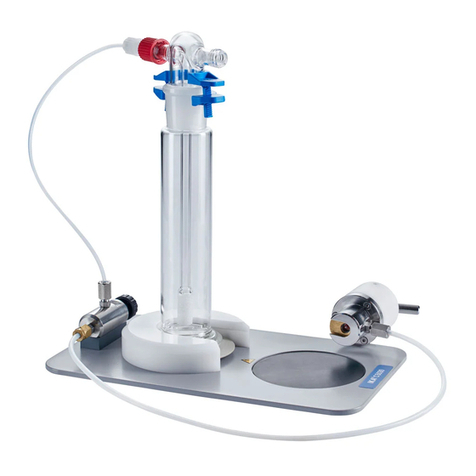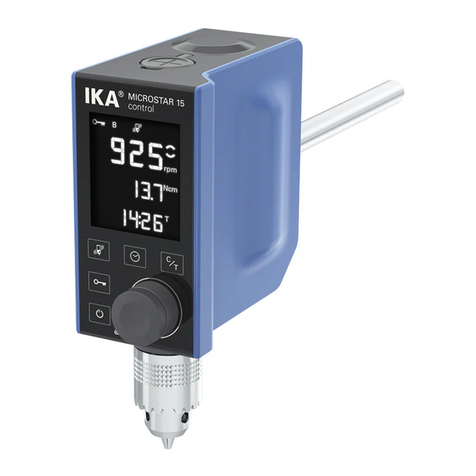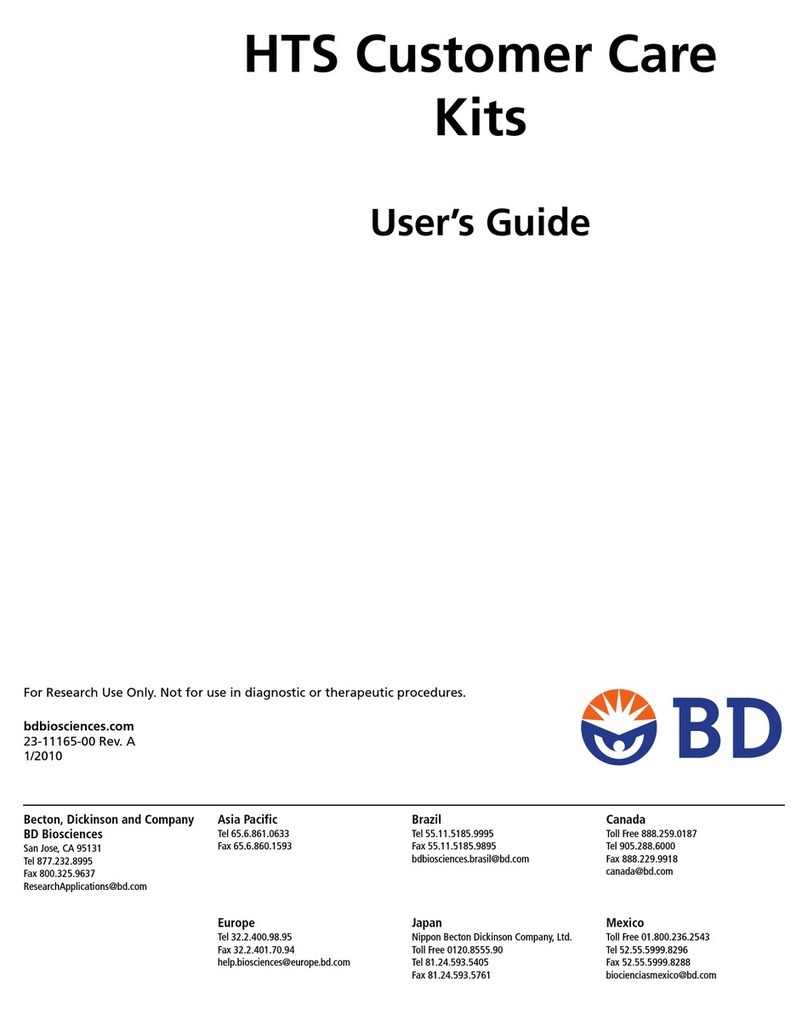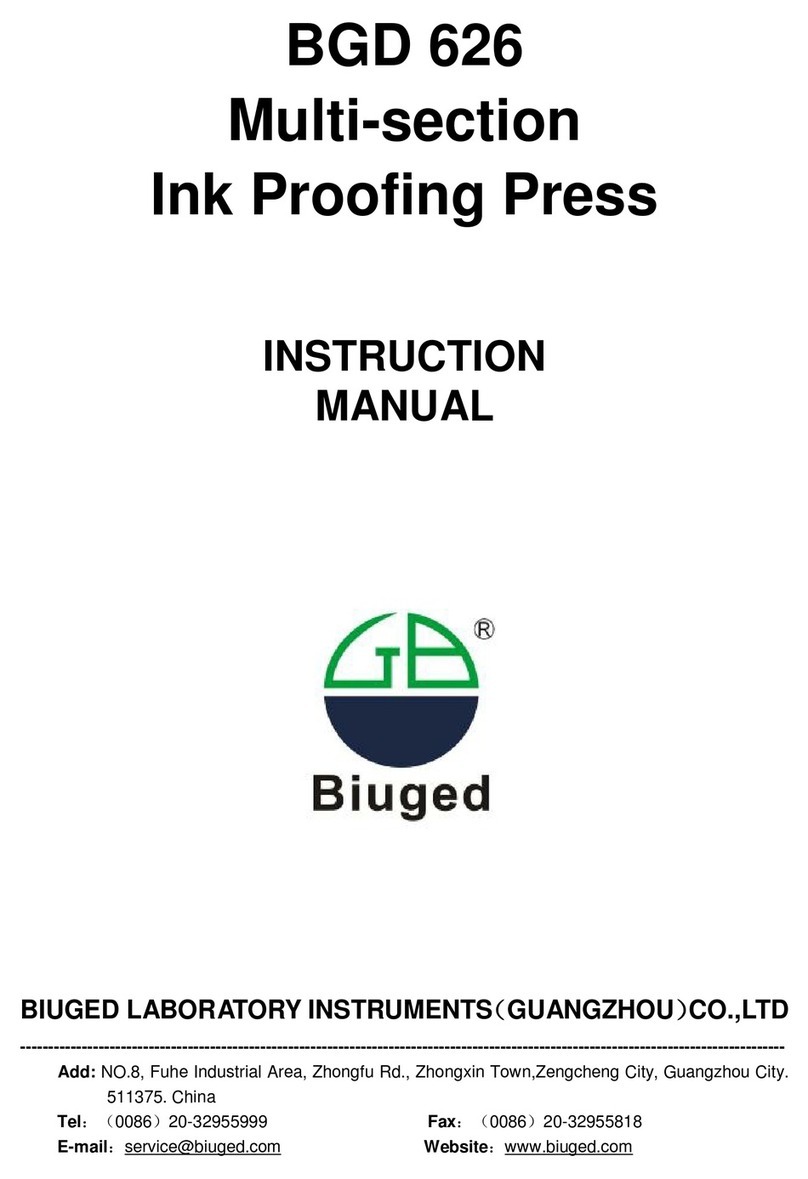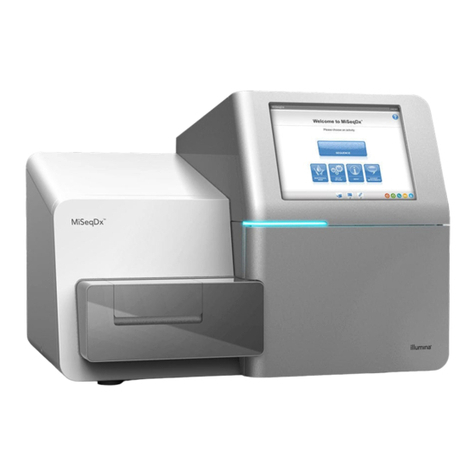IKA KS 4000 i control User manual
Other IKA Laboratory Equipment manuals
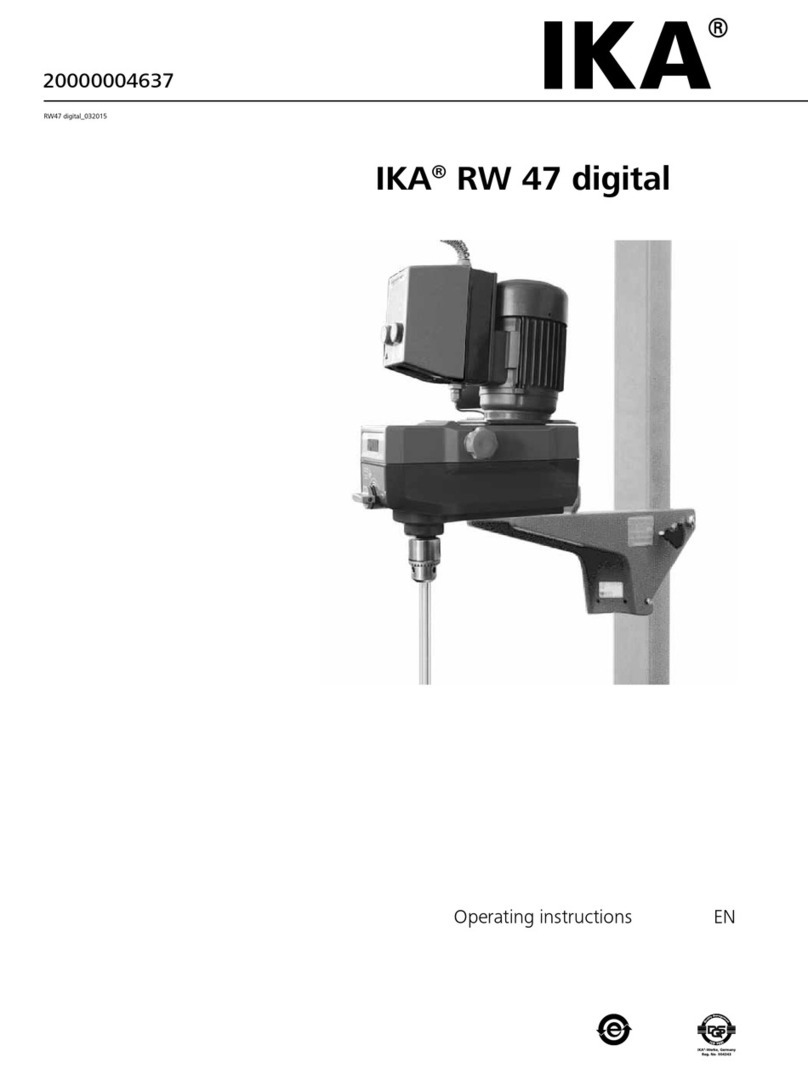
IKA
IKA RW 47 digital User manual

IKA
IKA Plate RCT digital User manual
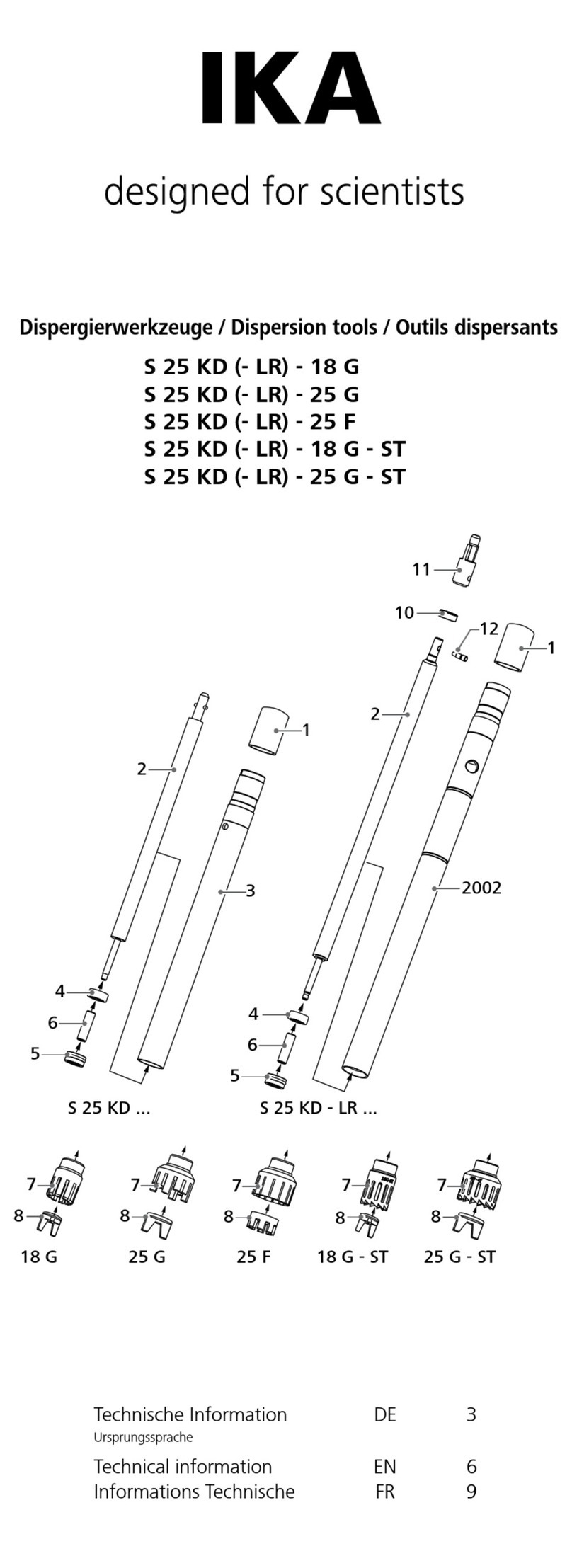
IKA
IKA S 25 KD-18 G User manual

IKA
IKA HB ECO User manual
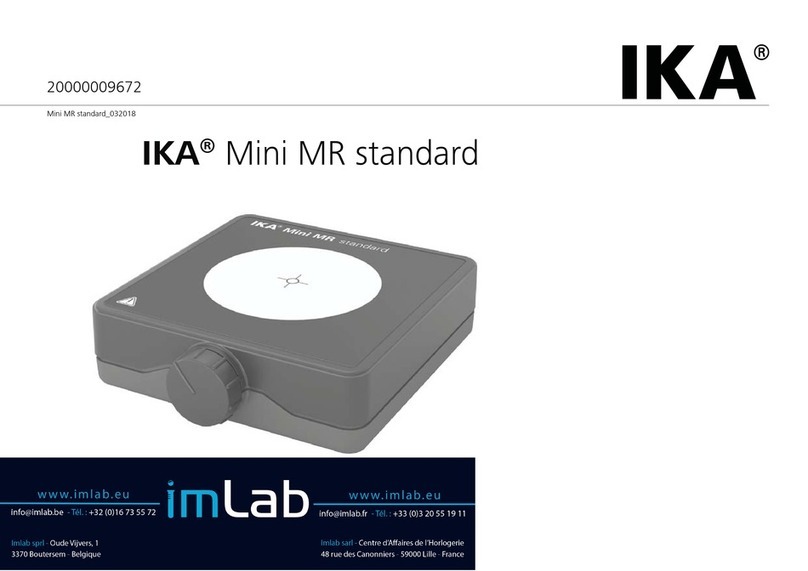
IKA
IKA Mini MR standard User manual
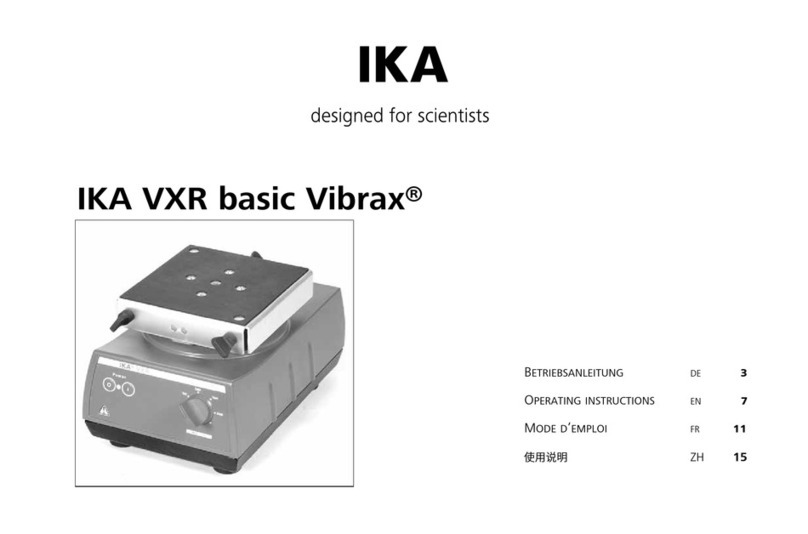
IKA
IKA SHA2000 User manual
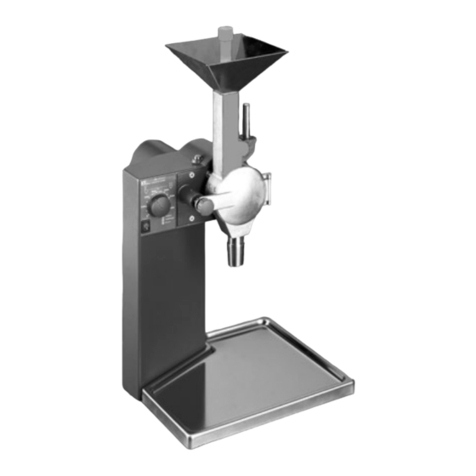
IKA
IKA MF 10 User manual
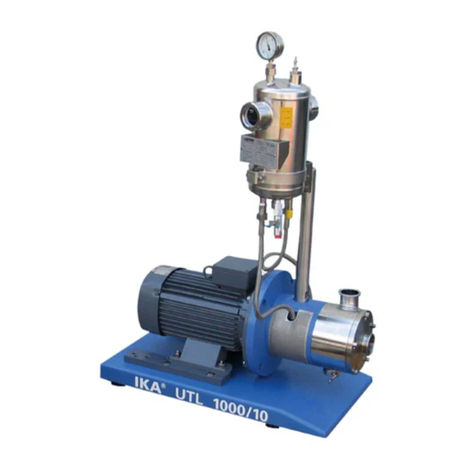
IKA
IKA ULTRA-TURRAZ UTL 1000/10 User manual
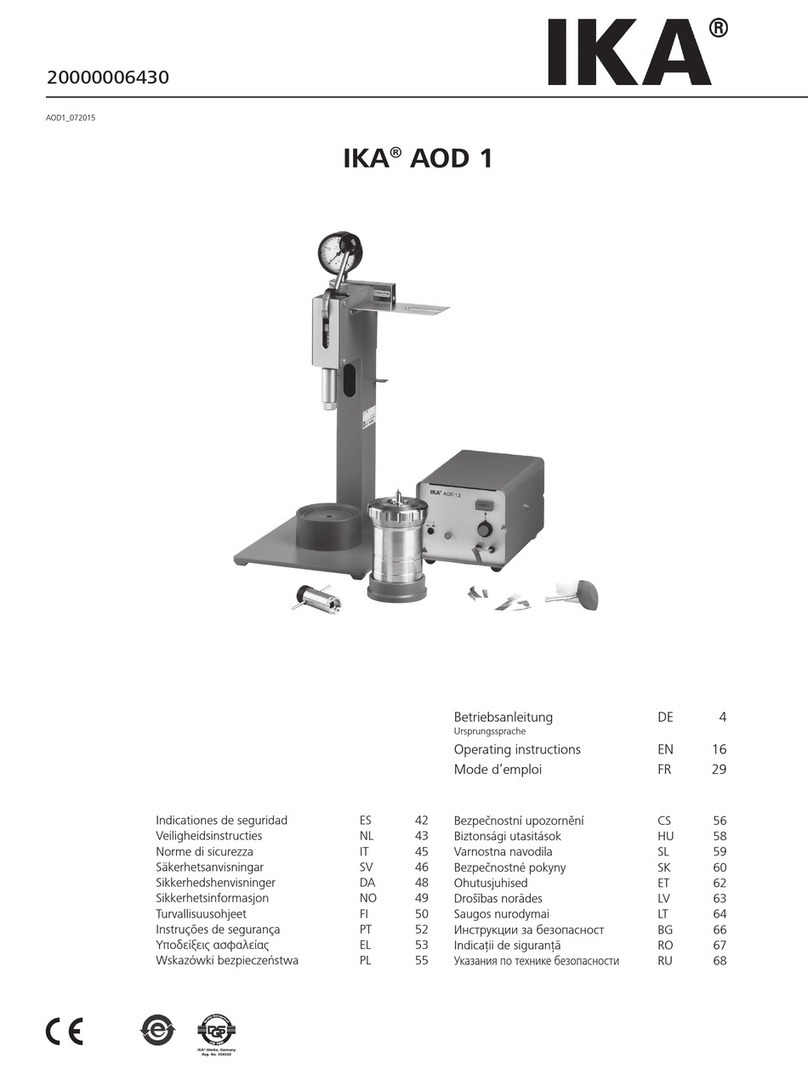
IKA
IKA AOD 1 User manual

IKA
IKA Oven 125 basic dry User manual
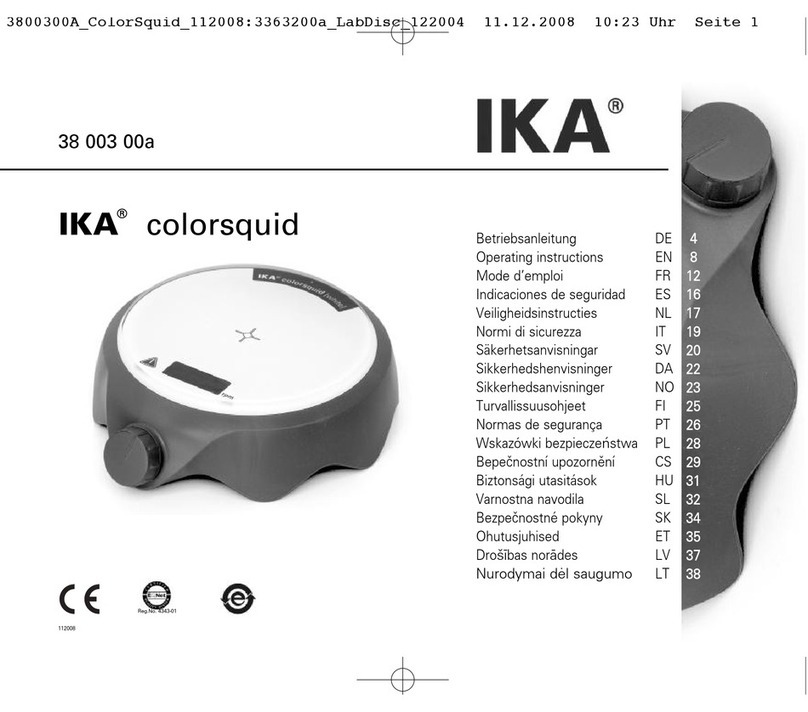
IKA
IKA colorsquid User manual
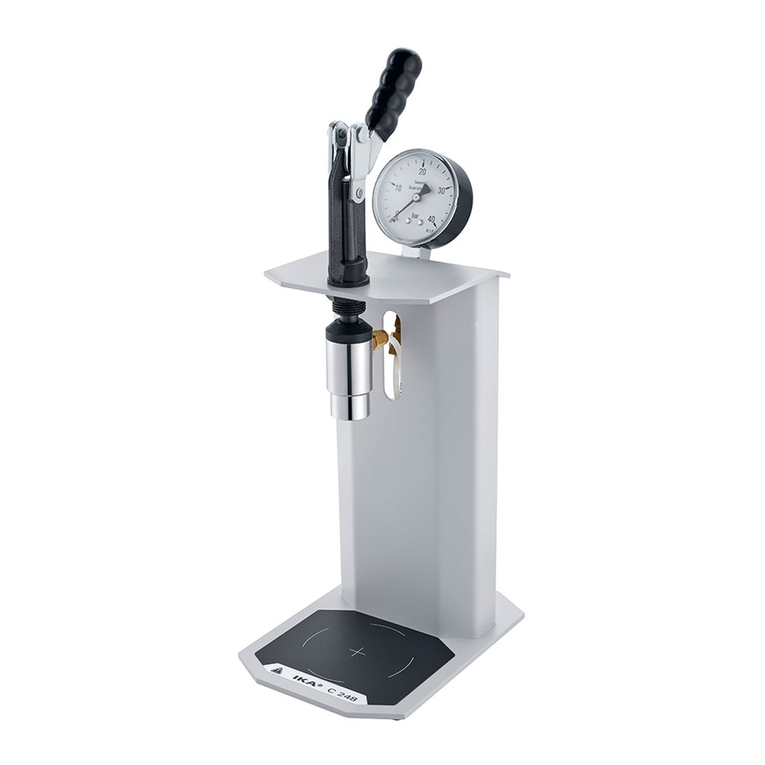
IKA
IKA IKA C 248 User manual

IKA
IKA KS 4000 ic control User manual
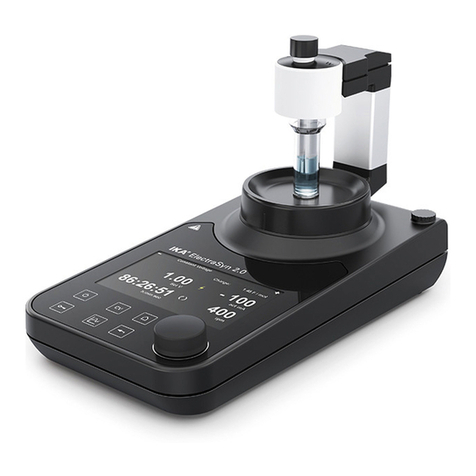
IKA
IKA ElektraSyn 2.0 User manual

IKA
IKA HRC 2 basic User manual
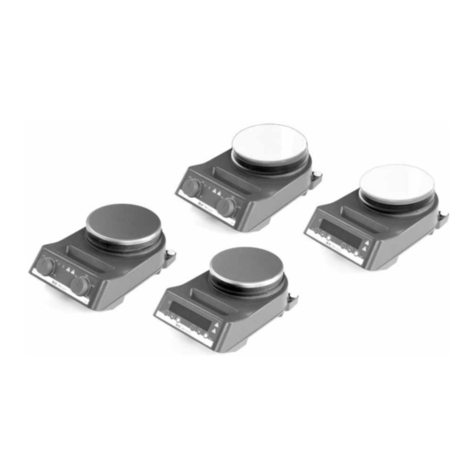
IKA
IKA RH basic User manual

IKA
IKA C 6000 global standards User manual
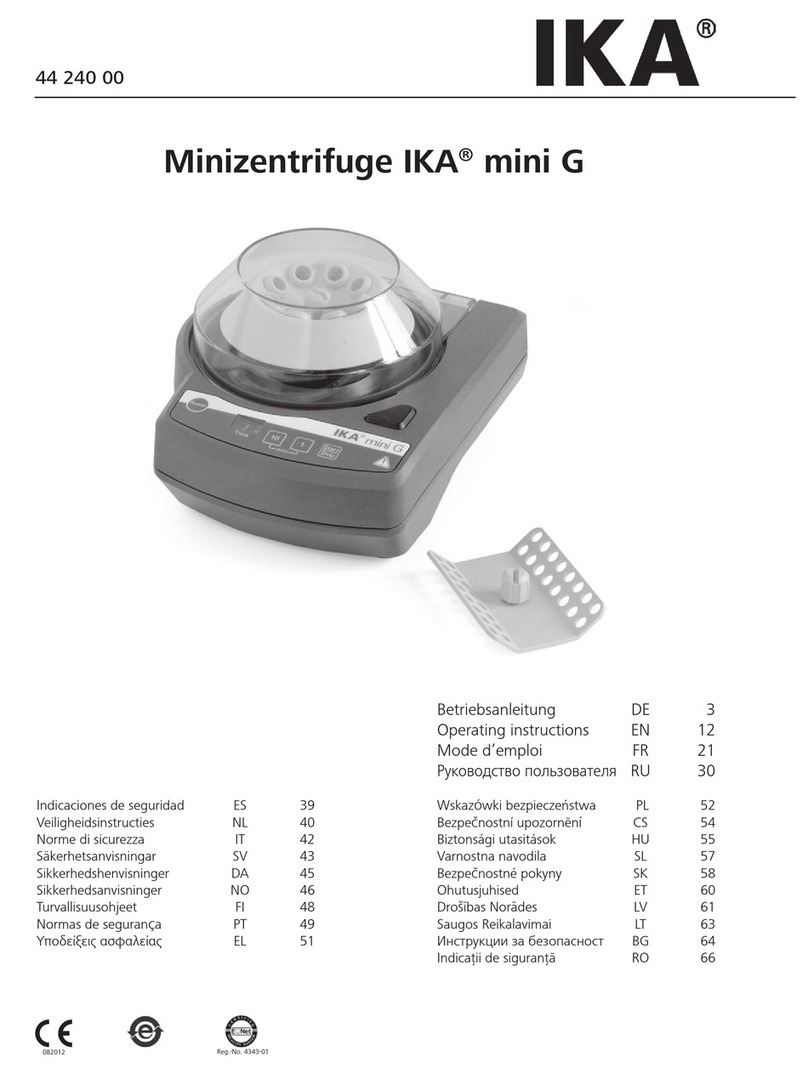
IKA
IKA mini G User manual
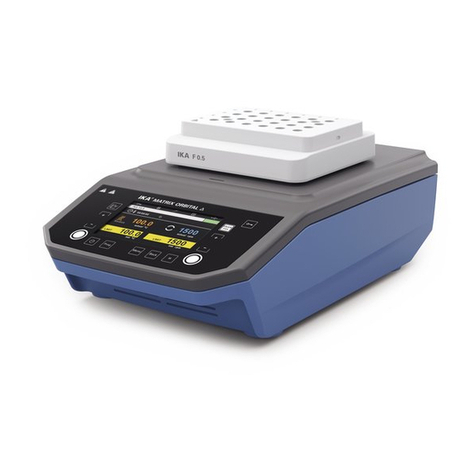
IKA
IKA MATRIX Orbital Delta F0.5 User manual

IKA
IKA I-MAG 300 User manual
Popular Laboratory Equipment manuals by other brands

Qiagen
Qiagen DML 3000 user manual

Queensgate
Queensgate NANOSCAN OP400 Quick start instructions
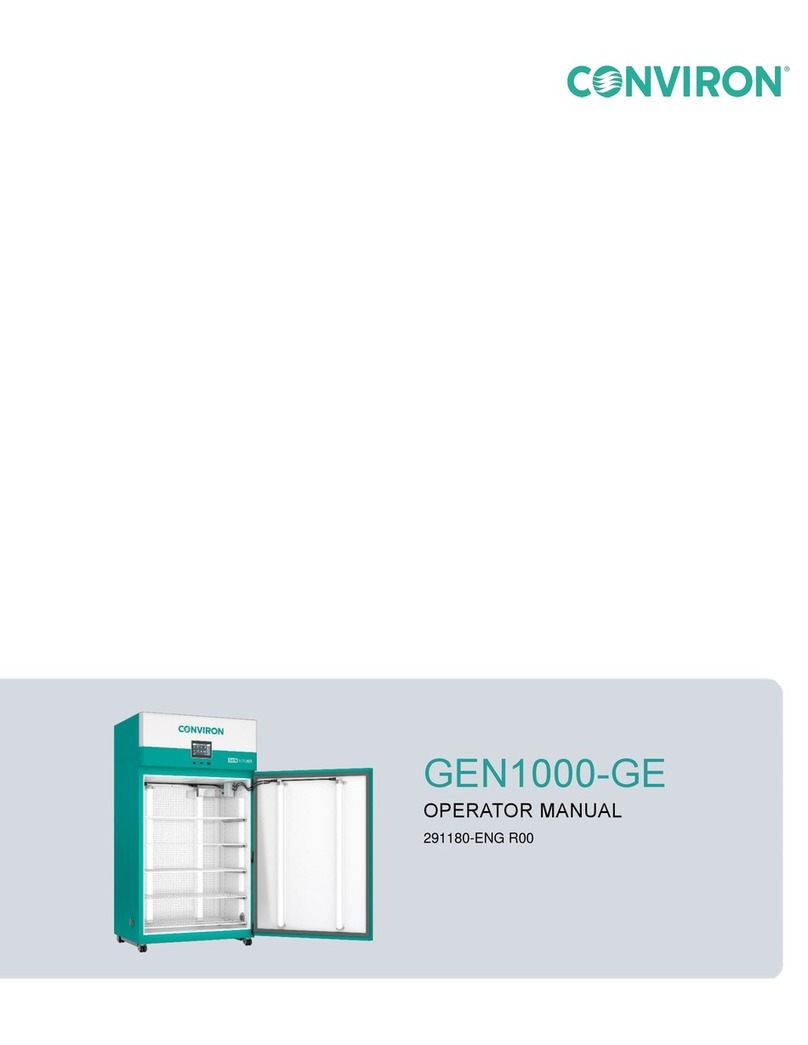
Conviron
Conviron GEN1000-GE Operator's manual

Parr Instrument
Parr Instrument 4560 Operating instructions manual

Integra
Integra DOSE IT operating instructions
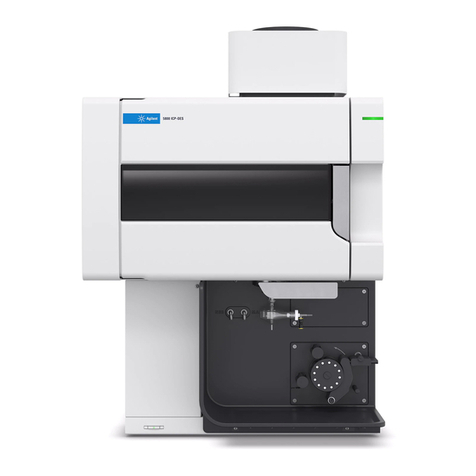
Agilent Technologies
Agilent Technologies 5800 ICP-OES user guide

Endress+Hauser
Endress+Hauser Cleanfit CPA875 operating instructions

NI
NI PXI-5422 CALIBRATION PROCEDURE
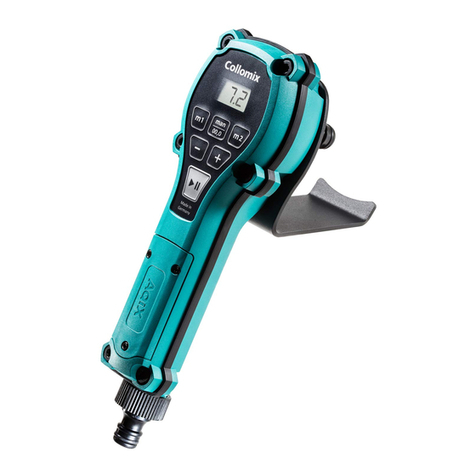
Collomix
Collomix Aqix operating instructions
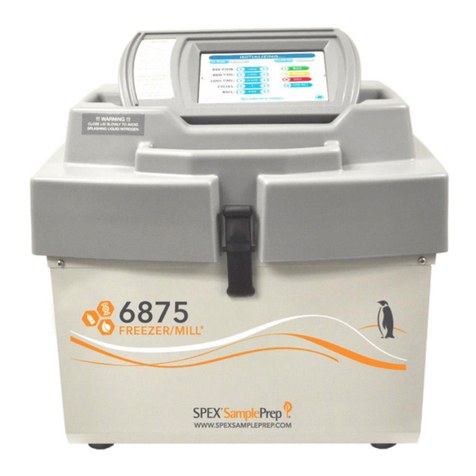
SPEX SamplePrep
SPEX SamplePrep 6875 Freezer/Mill Series operating manual
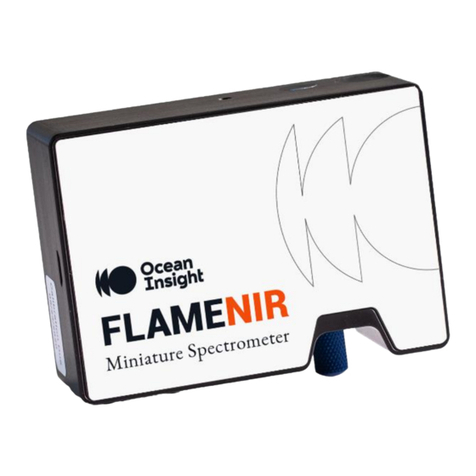
Ocean Insight
Ocean Insight FLAME-NIR+ Installation and operation manual
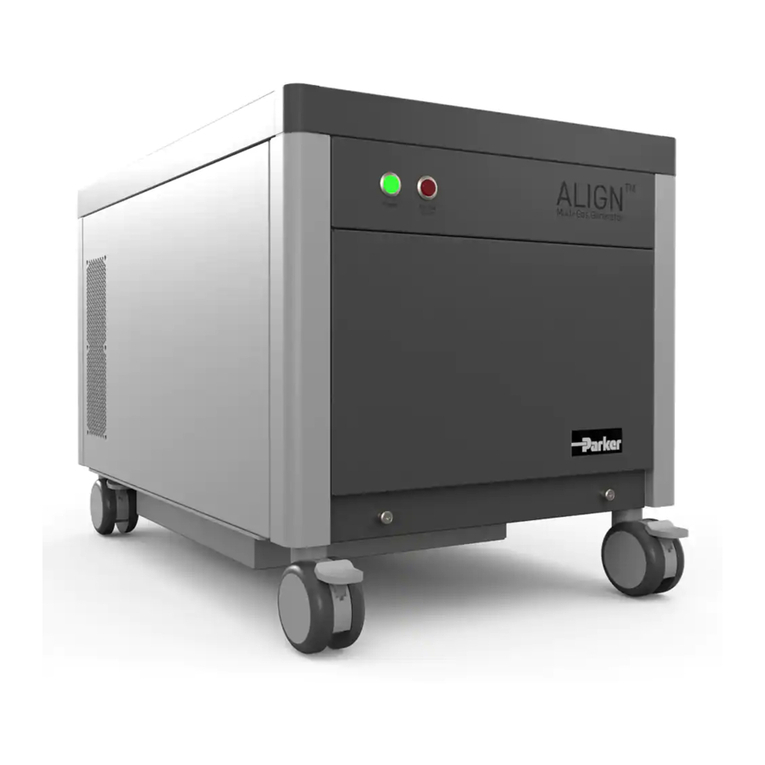
Parker
Parker ALIGN-MG-NA Installation, operation and maintenance manual


